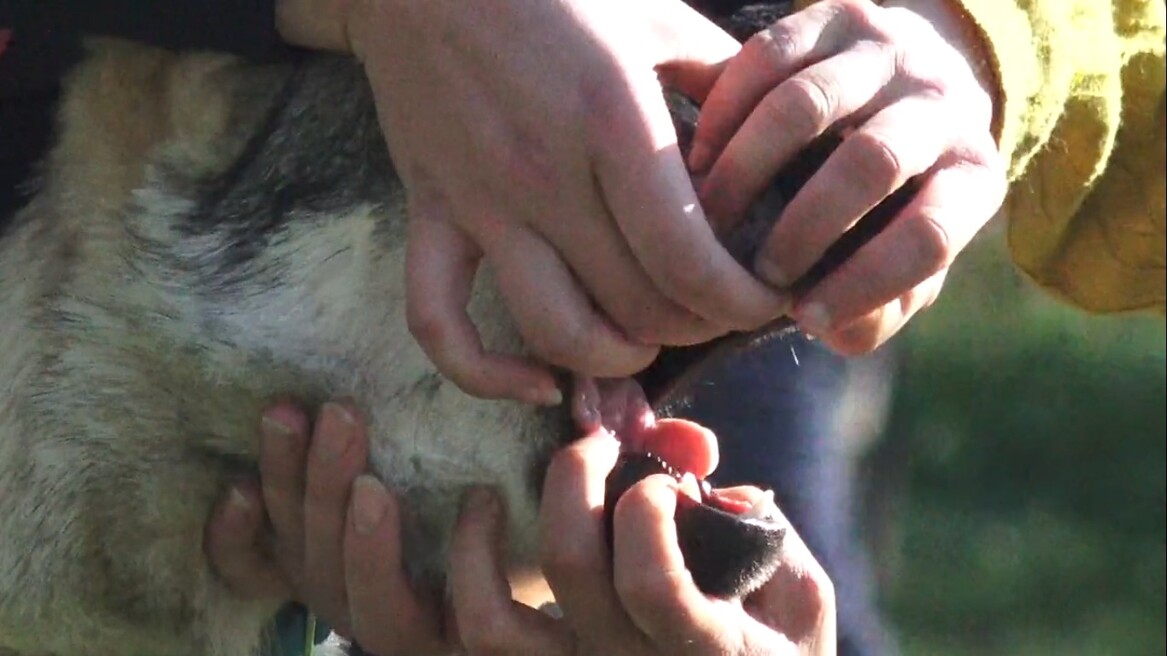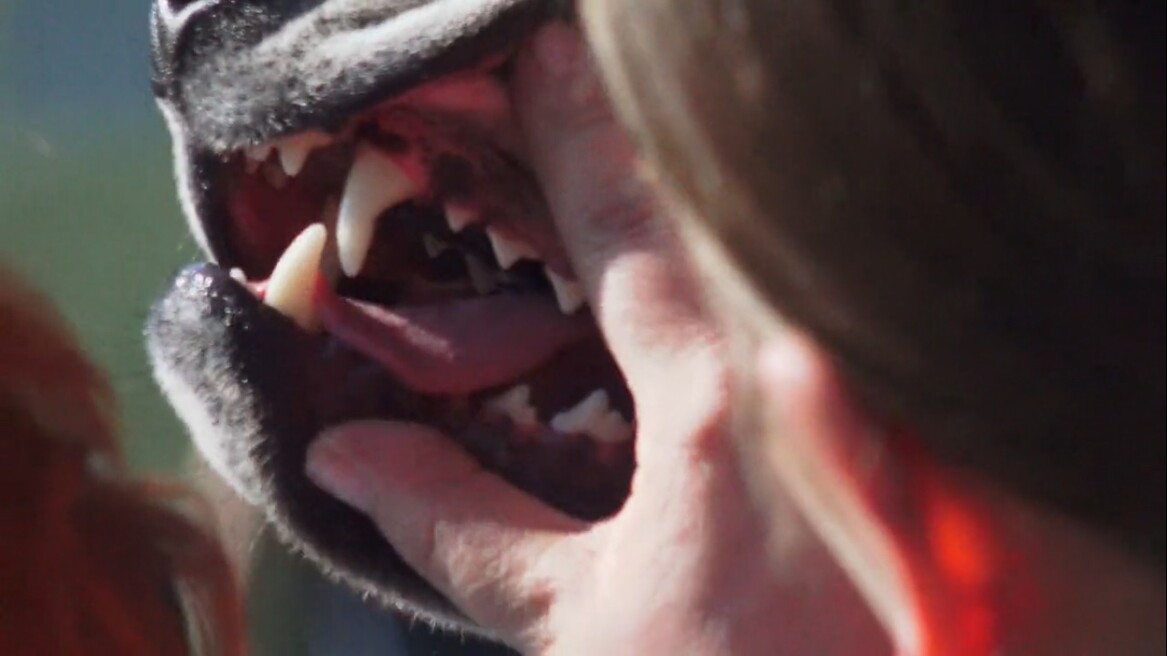David Přílučík
Bereich: Medienkunst
Key Facts
Nationalität
TschechienBereich
MedienkunstWohnort
PragEmpfehlende Institution
tranzit.org/ERSTE StiftungZeitraum
September 2021 - Oktober 2021Born 1991 in Zlín, Czech Republic.
Lives and works in Prague, Czech Republic.
SOLO EXHIBITIONS
2020
TRANSFER, Pragovka gallery, Praha, Czech Republic
2019
F0—F5, Nitra gallery, Nitra, Slovakia.F5— F0 ,
TIC Gallery, Brno, Czech Republic.
2018
donor, xy gallery,Olomouc, Czech Republic
Zlín - Sad svobody, Sad Svobody, Zlín, Czech Republic
2017
BLIND BIDDING (screening), etc. galerie, Prague, Czech Republic
The Movies of Tomorrow, National Technical Library, Balling Hall, Prague, Czech Republic
2016
En Plein Air 2 (with Jiří Žák), GAVU, Prague, Czech Republic
A.M.180 gallery, Prague, Czech Republic
2015
TRAIN FOR MUTUALITY, 207 gallery, Prague, Czech Republic
FORMATIVE EFFECTS (with Vojtěch Rada), Kostka Gallery, Meetfactory, Prague, Czech Republic
2014
THE LEAST ACTION, U Mloka Gallery, Olomouc, Czech Republic.
2013
shared resources of private interests, sandpits , Zlín, Czech Republic.
GROUP EXHIBITIONS
2018
Festival Transient Zones, Místodržitelský letohrádek, Prague, Czech Republic.
2017
Other Visions CZ 2017, Atrium, Olomouc, Czech Republic.
CROSS9 PREQUEL "SLIME TO FILL BLANKS", Galerie Art+Text, Budapest, Hungary.
„Ano, dělám na tom.“, Spa Luhačovice, Luhačovice, Czech Republic.
Security Garden, FAVU GALLERY, Brno, Czech Republic.
Hra/ničení, D21 Kunstraum, Leipzig, Germany.
2016
SIDE JOB, Czech National Library of Technology, Prague, Czech Republic.
OTHER VISIONS CZ (2007-2015), GAMU, Prague, Czech Republic.
VANITY FAIR, National Gallery in Prague, Prague, Czech Republic.
OTHER VISIONS 2015, CZECH CENTRE NEW YORK, NEW YORK, United States.
Dreams That Money Can Buy, Drdova Gallery, Prague, Czech Republic.
INTERFACE, U Mloka Gallery, Olomouc, Czech Republic.
Spectaculare: Ve snu to ale vypadalo jinak , Klementinum, Prague, Czech Republic.
2015
OTHER VISIONS 2015, PAF, Olomouc, Czech Republic.
DEJ MI PEVNÝ BOD A JÁ POHNU VESMÍREM!, GALERIE HRANIČÁŘ, Ústí nad Labem, Czech Republic.
Pokoje 4, Containall palace, Prague, Czech Republic.
Touch me baby, Jaffa Port, Tel Aviv, Israel.
Now&After’15, International Video Art Festival, Schusev State Museum of Architecture, Moscow, Russian Federation.
tušení souvislostí, Šaloun Villa, Prague, Czech Republic.
2014
verbalní puk, Pod Kaštany - Winter Stadium , Zlín, Czech Republic.
VÝ+TER = VSZ, Masaryk University Archive exhibition space , Brno, Czech Republic.
Lowtech MicroFilm Festival, Green House Studio, Berlin, Germany.
2013
byt či nebyt, GAVU, Prague, Czech Republic.
2012
FLUIDUM III, Galerie K4, Prague, Czech Republic.
As part of the Artist-in-Residence Programme Q21/MuseumsQuartier I would like to write a script, which would develop the themes of the on-going project F0 – F6 (2017 – present).
In 1956, Colonel Karel Hartl made a request to create a new canine service breed for the needs of the Czechoslovak Border Guard by crossbreeding a dog with a wolf. The beginning of breeding dates back to May 26, 1958, when five puppies were born in the kennel of the border guard Libějovice in South Bohemia, of Brita, the she-wolf, and Cézar, the German Shepherd from Březový háj. Thus, the first phase F1 was created, leading to an animal that should have gained the status of a national breed.
Czechoslovak wolfdog– embodied border of a non-existent state, unknown creature, which is no longer a wolf and is not yet a dog. For me, this event constitutes a starting point through which I develop ideas on identity, territory, and dualistic thinking.
I suppose that during their childhood, everyone at some point had childish visions of keeping horses on the balcony, dolphins in a tub or of taming a tiger. Some people however attempted to make them a reality.
The script will reflect the motives of a person who sets up a pen for some animals which markedly look like wolves on his property situated in a small village. One day, the owner disappears without a trace.
The ensuing situation sees the owner and his animals become viscous subjects who are modelled (constructed) through the interpretations and interests of the villagers, nature conservationists and the owner’s family, all without themselves having any say in the matter.
Did the animals eat him? Was he being blackmailed by neighbors? And what to do with the pack? Put them all to sleep, or save them?
This backdrop will provide space for developing questions of nature conservation as an arena of conflict and about the romanticization of wild animals which return our gaze.
Over the course of the residency I would like to contact people who work in the field of predator breeding as private entities and are devoted to their preservation. This is so that I can better understand the issue as the approaches to the matter differ depending on the geopolitical context of Central Europe.
The time I spent at the Artist-in-Residence Programme Q21/MuseumsQuartier allowed me to fully concentrate on the development of two projects. Besides the writing script and looking for another useful narrative (as The Brotherhood of Wolves in the Czech Republic) that was mentioned in my residency proposal about the phenomenon of the Czechoslovak wolfdog I was working on the postproduction of a video called Soft drinks and Rivers. The video is dealing with the question of natural disasters and what makes a so-called natural disaster natural. To be more specific I choose the events of the Prague floods that happened in Prague and asked how these events were used as acceleration for gentrification.
While the media presented the floods as a catastrophe, for other interested groups this state of exception presented a unique opportunity to implement changes which not only changed the form of cities and their public and private sectors, but also the distribution of their inhabitants. The objective of the video was thus to show that the floods never really ended and that their impact can still be felt in Prague streets and on our bodies up until this day. This new work was on display at the Fotograf Festival in the gentrificate area of Prague - Karlín. I also had the opportunity to visit the exhibition Overground Resistance and its one lecture made by collective A4C - ArtsForTheCommons.
Their lecture named: Visualizing complexities of the living. Countermapping Mother Earth’s rights. issues related to migration, borders, ecological justice, and extractivism. I was especially interested in their concept of granting the legal status of personhood to natural formations. I understand these strategies of resistance as the result of initiatives aiming to protect nature from extractivism and also as an example of translating non-western epistemic and ontological frames into western discourse. I am interested in whether this direction of thinking might be applied in the case of Europe and where its limits might be. To what degree can the conception of personhood be emancipatory within a neoliberal society? Does granting human rights to non-human actors reproduce anthropocentric schemes or does it rather subvert them? This and many more questions were great impulses for my artistic practice.



